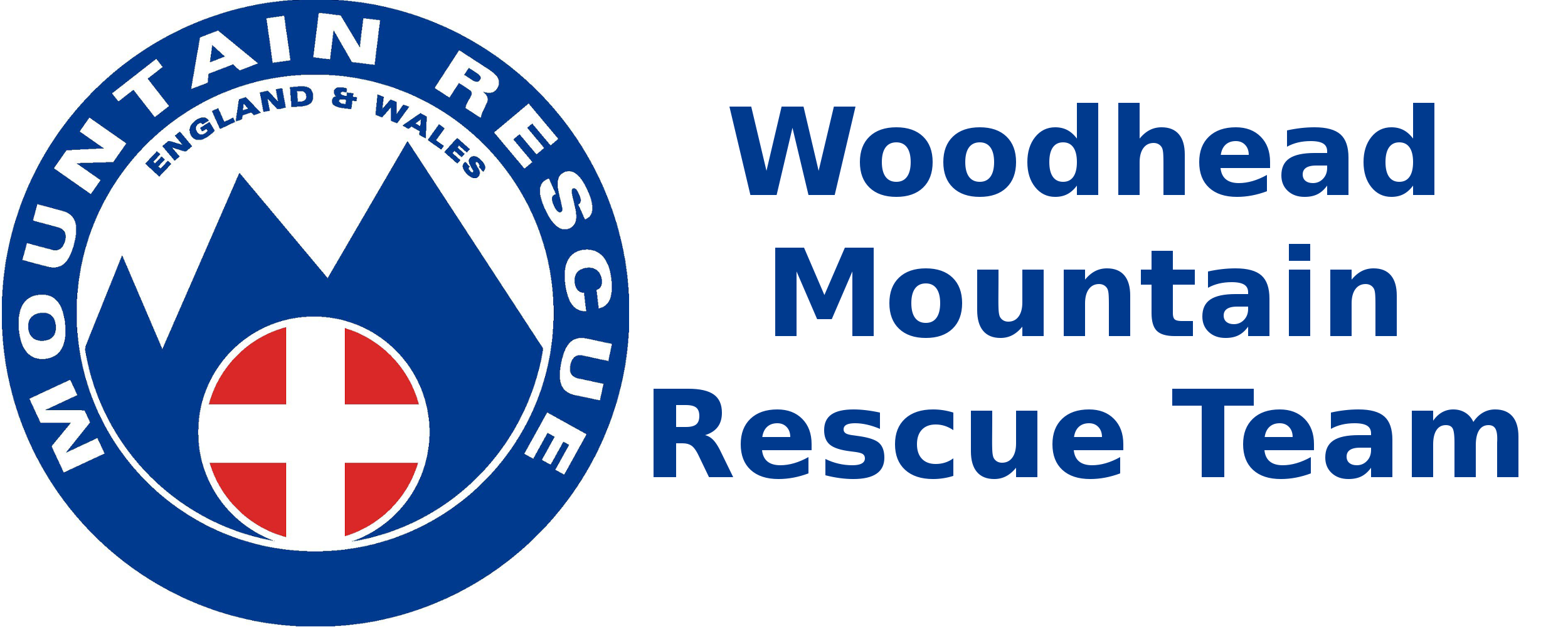Last weekend, five of our team members took part in a water rescue training course. Two were acting as instructors and the other three were students. All of our team members undergo basic
water safety awareness training, and this course is the next level of progression from that. It is referred to as either “Water Rescue First Responder” or “DEFRA/MOD2”. Successful completion of this training enables team members to undertake what is termed as “non-buoyant” rescues in water. What that actually means is that we can rescue people in water as long as we are not floating or swimming. To be able to perform buoyant rescues, it is necessary to be trained to the next skill level of a Swiftwater Rescue Technician (SRT). Several of our team members are already qualified to this level.
From an operational point of view, the DEFRA/MOD2 skill level is extremely useful to the team for a number of reasons:
- Firstly, it allows us to operate confidently and safely when we are required to undertake the more routine mountain rescue activities near hazardous water. A great deal of searches in our area tend to involve searching water margin areas.
- Secondly, with this level of training, our team members can operate safely and effectively when helping to rescue and/or evacuate civilians in urban flooding situations. The more team members we have trained to this level, the more effective we can be when called upon to assist the emergency services.
- Thirdly, the DEFRA/MOD2 qualification is nationally recognized across all of the agencies that we are likely to inter-operate with, and it provides a standardised set of roles, identification markings, communications and operating procedures such that in any major incident inter-agency co-operation is as effective as possible.
The course covers two very intensive days of training that involves a mixture of underlying theory and lots and lots of practical exercises, during which time the students are continuously monitored and assessed against the learning criteria. During the training, we are also pushed well beyond the remit of what we would be expected to do in a first responder scenario. This at times pushed us out of our comfort zone, but with the on-hand expertise and support soon got us operating at a level where we could confidently respond to changing situations, especially if something goes wrong. Fast flowing water can be extremely dangerous and unforgiving. A significant part of the course covered how to identify hazards around water courses, as well as gaining an understanding of key hydrology features such as: stopper waves, eddies, strainers, standing waves, boulder sieves and so on. Some of these can provide relative safe havens, whereas others should be avoided.
As well as practising rescues, we also put ourselves in a casualty situation to gain experience of being rescued too. We repeatedly practised a number of standard rescue techniques, such as using throw lines to rescue co-operative and non-cooperative casualties. It’s not that easy to accurately throw a 10 metre throw-line to a moving casualty when stood in fast flowing water, but with repeated practice all of us became more and more reliable. We also practised being able to rapidly prepare and make a second throw in the event that the first one missed. We also rehearsed a number of other scenarios such as how to rescue someone trapped in a car in water, how to recover an casualty unable to assist themselves, and rescuing casualties pinned to an obstacle by fast flowing water.
Everyone on the course had a very enjoyable but tiring weekend. And we all passed the assessments.




